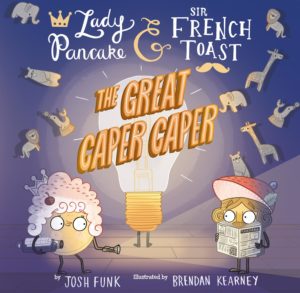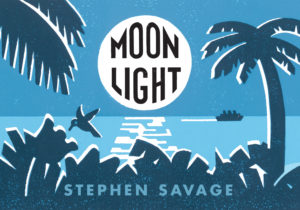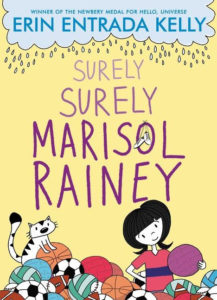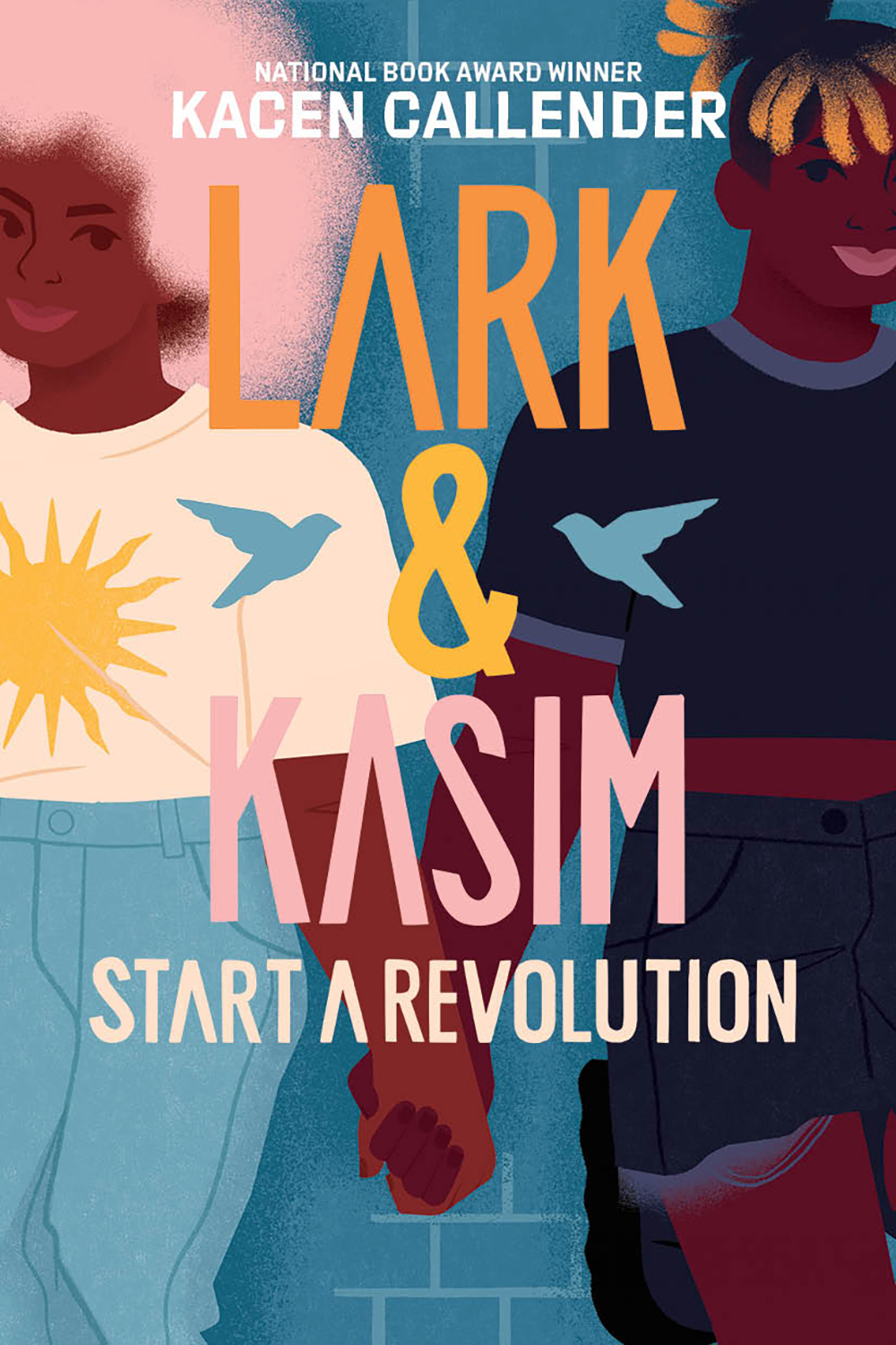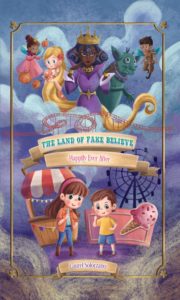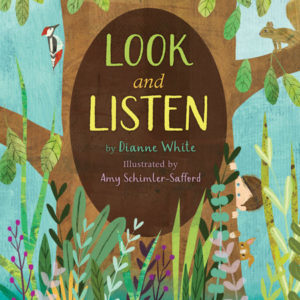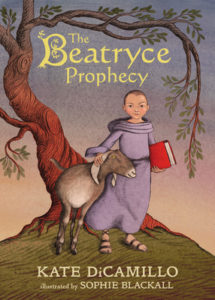“Fridge Problems”
First, thank you, Ricki and Kellee, for inviting me to post here at Unleashing Readers! It’s an honor to share on your awesome site.
As the fifth Lady Pancake & Sir French Toast adventure, The Great Caper Caper, was just released, I thought I’d share a little bit of what I talk about with students when I visit schools.
After reading one of the Lady Pancake & Sir French Toast books and discussing how I wrote it and how Brendan Kearney illustrated it and how long (three and a half years) it took from the time I came up with the idea until it was available on bookshelves, I like to get some volunteers and create some characters. I’ll usually ask students to share their favorite foods and jobs they want to have when they grow up – and then we mash them together and end up with Doctor Pizza. Or Professor Cupcake. Or President Peanut. And we’ll make up a little story with these characters, but it doesn’t really get good until we introduce the most important ingredient: Conflict.
I tell students that in a story, we always need our characters to encounter some sort of challenge. Or something bad has to happen that they have to overcome. Or maybe we need … a villain (at which point I’ll rebrand the principal or librarian or some faculty member to be someone’s least favorite food mixed with a super scary animal/monster/creature. Say hello to Evil Mushroom Spider. Or Moldy Broccoli Vampire).
But conflict isn’t always a villain. In fact, when I write the Lady Pancake & Sir French Toast series, the conflict rarely is a villain (at least not directly). It’s usually a fridge problem. And I always try to keep them relatively kid-relatable.
I ask myself (and students) the question: What is a problem that could happen in a fridge?
- Have you ever fought with a sibling over the last slice of pizza or last cookie or last drop of syrup? That’s what happens in the original Lady Pancake & Sir French Toast (the two titular characters race for the last drop of syrup).
- Have you ever opened the fridge and smelled something kind of funny? That’s what happens in The Case of the Stinky Stench (a rotten smell threatens to take over the fridge)
- Have you ever opened the fridge and things were too cold and starting to freeze? That’s what happens in Mission Defrostable (the fridge starts to freeze over).
- Have you ever been excited to eat something, but when you took it out of the fridge it was all moldy and spoiled and gooey and gross? That’s what happens in Short & Sweet (Lady Pancake and Sir French Toast start to go stale).
And in the newest book in the series, The Great Caper Caper, fridge problem is: Have you ever opened the fridge and the light bulb had gone out?
I believe it’s important that conflicts have high stakes (pun intended). The higher the stakes the more satisfying the ending will be when the characters overcome the challenges. Sometimes the conflict affects the entire fridge community. Other times it’s more personal and affects only our main characters, but those stakes can be just as important.
So when it’s time to break out a pencil and paper and everyone creates their own characters, I always try to ask one question as I go around to see what all of the students have come up with:
What is the worst thing that could happen to your character?
And when they answer that all of the ketchup and mustard and relish paint was stolen from Art Teacher Hot Dog’s classroom, I tell them that that is the story they should write. And I can’t wait to see how their characters solve those conflicts.
Published November 15, 2020 by Union Square & Co
About the Book: Lady Pancake and Sir French Toast are back in a Las Veggies heist for the ages!
Lady Pancake and Sir French Toast awake one morning to near-darkness. Who could possibly have stolen the fridge light? And what if the fridge is—gasp—dark all the time? Not to worry; Lady Pancake and Sir French Toast are on the case! Along with their friends, they assemble blueprints, collect supplies, and investigate. Will they bring the fridge back to its bright self, or will they have to live in semi-darkness . . . forever?
About the Author: Josh Funk writes silly stories such as the Lady Pancake & Sir French Toast series (including sequels The Case of the Stinky Stench, Mission Defrostable, Short & Sweet, and The Great Caper Caper), the How to Code with Pearl and Pascal series (including How to Code a Sandcastle and How to Code a Rollercoaster), the It’s Not a Fairy Tale series (including It’s Not Jack and the Beanstalk, It’s Not Hansel and Gretel, It’s Not Little Red Riding Hood, and It’s Not the Three Little Pigs), the A Story of Patience & Fortitude series in conjunction with the New York Public Library (including Lost in the Library and Where Is Our Library?), Dear Dragon, My Pet Feet, and more.
Josh grew up in New England and studied Computer Science in school. Today, he still lives in New England and when not writing Java code or Python scripts, he drinks Java coffee and writes manuscripts. Since the fall of 2015, Josh has presented (or virtually presented) at over 650 schools, classrooms, and libraries.
Josh is terrible at writing bios, so please help fill in the blanks. Josh enjoys _______ during ________ and has always loved __________. He has played ____________ since age __ and his biggest fear in life is being eaten by a __________.
For more information about Josh Funk, visit him at www.joshfunkbooks.com and on Twitter, Instagram, and Facebook at @joshfunkbooks.
Thank you, Josh, for this fantastic idea as well as your always present and loveable humor!
